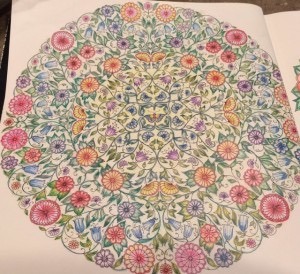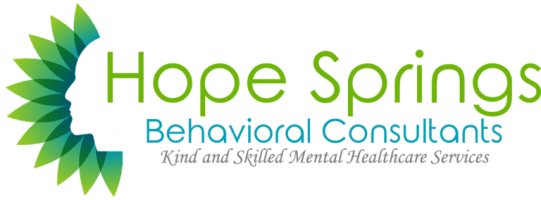
You’ve had a tough day. It seemed like a million little things went wrong. You ended up spilling your coffee, had to change your clothes, your car was nearly out of gas, you had a few angry calls at your job. And then finally, after getting stuck in traffic, you get home. The first thing you want to do is sit down and turn on the TV. Right? Could be, but some recent research seems to indicate that there may be some other ways to unplug and help yourself feel better.
An alternative self-care activity is something we learned in elementary school: art. It doesn’t have to be grand, and in fact, it is often better if it isn’t. It’s just supposed to be something enjoyable to you. Many people feel intimidated by the idea of doing some art for enjoyment or stress-relief. They may feel like they aren’t very good at it, or that they aren’t “artistic.” However, most good art teachers will tell you than anyone can be an artist. Art is just a means of self-expression.
Recently, adult coloring books have been quite popular. Earlier this year, there were newspaper articles reporting that coloring can be good for you. They were right! It can. Other forms of art could be painting, clay, play-dough, building with Legos, jewelry-making, or stamping. One of my friends who is an accomplished chef, also paints and draws. He explained to me that cooking feels like art to him. Things like dance, expressive writing, or decorating are art as well. The possibilities are endless. It all counts, as long as you like it and it serves as a means of self-expression.
Art is a way to self-soothe, a skill that has been found to be valuable in helping people recover from anxiety, depression, and emotional dysregulation ( see also article on self-soothing.). Art also helps people distract themselves and find an outlet from their stress and personal struggles. Oftentimes, people find pride in mastering new skills or learning something new, which has been found to be an essential part of developing positive well-being and resilience.

Why is it important to make time for art?
Recent research finds that it is good for you
Researchers at the University of California Berkley found a link between the positive emotions found by interacting with art and increased immune functions (and decreased inflammatory responses).
Other research has found that increasing pleasurable events has been linked to lower rates of depression
In other words, there are other ways to treat depression than just medication alone. In addition to cognitive behavioral therapy, which is also effective, researchers have been studying the impact of positive interventions on brain chemistry. They have found that increased pleasurable activities, such as art, also have strong healing properties. And in fact, the areas of the brain impacted by positive interventions do not appear to be directly impacted by medication at the present time.
It can improve your thinking skills
Often art encourages us to think about things in a new, or creative, light. These are important skills to use throughout our lifespan for healthy brain functioning.

What are some ways to find enjoyment with art?
Make time to do something artistic daily
Think of it as a healthy habit.
You don’t have to share your art with anyone unless you want to
Art is personal. It can be something just for you, or something you share with others. It is your preference. Some people only share it with people they know. Some people share their art only with strangers. It is all ok.
Just start something
If you don’t like it, try something else. Something like coloring or watercolors are easy, and most of us learned them years ago in school. But there are always new things, like origami, drawing, or knitting too. Thanks to YouTube, there are lots of new ideas to be learned or tried privately through videos at home for free.
Make it enjoyable and don’t judge yourself negatively
Do not, and I mean it – do not worry about perfection or add pressure. Create like a young child, with lots of imagination and mistakes. If you can laugh at a failed attempt, that is great too. Over time, it gets easier. The more you practice, the more you learn, you may find you have new interests and new hobbies, which also help your mind and body feel better.

References
- Kristin Layous, Joseph Chancellor, Sonja Lyubomirsky, Lihong Wang, P. Murali Doraiswamy. Delivering Happiness: Translating Positive Psychology Intervention Research for Treating Major and Minor Depressive Disorders. The Journal of Alternative and Complementary Medicine, 2011; 17 (8): 675
- Jennifer E. Stellar, Neha John-Henderson, Craig L. Anderson, Amie M. Gordon, Galen D. McNeil, Dacher Keltner. Positive Affect and Markers of Inflammation: Discrete Positive Emotions Predict Lower Levels of Inflammatory Cytokines.. Emotion, 2015
- University of California – Berkeley. (2015, February 3). Add nature, art and religion to life’s best anti-inflammatories. ScienceDaily. Retrieved December 27, 2015 from www.sciencedaily.com/releases/2015/02/150203133237.htm
- The coloring art, and the imperfections within, on this blogpost was done by Cindy Anderson. They were done as a part of an adult coloring book by Johana Basford, entitled The Secret Garden.
![]()
